by Jackie Houchin
Mention “Valentine’s Day,” and instantly visions of cute or sentimental greeting cards, heart-shaped boxes of chocolates, and bouquets of red roses come to mind. You may even dream of romantic dinners or diamond bracelets.
But it was none of these things that Kristin Molloy of Mission Viejo, California, wished for last year for Valentine’s Day.
“I love books and libraries,” she said with a smile. “So do my kids. We love to go to our Mission Viejo library to check out books. Growing up, everyone in my family had a book to read around the dining room table. I wanted my own library!”
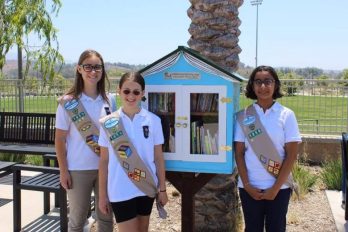
Her husband, Kevin Molloy, a fireman, knew exactly what she meant. Earlier that year while visiting the Lake Forest Sports Park and Rec. Center they spotted an amazing tiny wooden library on a pole. Designed and built by three Girl Scouts with help from the Park staff, the cheery blue and white painted Little Free Library is a house-like box of books. Visible through two Plexiglas doors are perhaps 30-40 books for all ages. Anyone can take a book to read…free. After reading it, they can return it or bring back a different one. The organization’s motto is “Take a Book, Return a Book.”
Kristen thought her own Little Free Library would be great for their neighborhood.
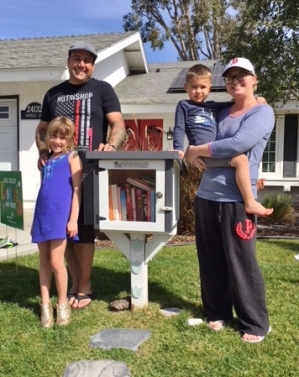 Kevin drew plans and constructed his Valentine’s Day gift, painting it to match their house. He checked with city regulations (though not all the Libraries I visited did) and sunk a post into their front lawn three feet from the side walk and about 24 inches from the ground. Three small flagstone steps invite kids to visit. He attached a mailbox flag which is extended when new books are added.
Kevin drew plans and constructed his Valentine’s Day gift, painting it to match their house. He checked with city regulations (though not all the Libraries I visited did) and sunk a post into their front lawn three feet from the side walk and about 24 inches from the ground. Three small flagstone steps invite kids to visit. He attached a mailbox flag which is extended when new books are added.
Kristin loved it!
(The height of the Libraries is a personal preference. I saw ones sitting on a base at 3 and 4 feet high.)
The family says they have quite a few kids & teens stopping to choose books on their way to/from a nearby park. The couple’s children, Georgia and Ryan, enjoy sharing their own books as well.
Check out the organization for information on buying or building your own library, and to see an amazing variety of Little Free Libraries, including some that look like a church, schoolhouse, caboose, or English telephone booth! https://littlefreelibrary.org/faqs/
Of course, right away, I had my hubby build a Little FREE Library for ME for THIS Valentine’s Day, and paint it to match our house. (I’ll let you know how it goes in a later post, if you are interested.)
Other Little Free Libraries in Mission Viejo.
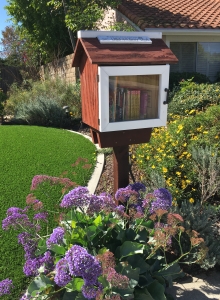

Now let me tell you about some other things to LOVE and to GIVE on February 14th, and these are especially meaningful to us writers of books.
 The 14th of February is also LIBRARY LOVERS DAY.
The 14th of February is also LIBRARY LOVERS DAY.
Here are some things you can do to celebrate:
- Visit your local library and check out a book or film.
- If you know someone who doesn’t have a library card, encourage/help them to get one.
- Volunteer time at the library (shelving, tutoring, reading to kids), or donate money and/or a few of your books.
“Without the library, you have no civilization.” ― Ray Bradbury
“Libraries really are wonderful. They’re better than bookshops, even. I mean bookshops make a profit on selling you books, but libraries just sit there lending you books quietly out of the goodness of their hearts.” ― Jo Walton
“The library is like a candy store where everything is free.” ― Jamie Ford
“Libraries made me – as a reader, as a writer, and as a human being.” –Laurie R. King
 The 14th of February is also INTERNATIONAL BOOK GIVING DAY.
The 14th of February is also INTERNATIONAL BOOK GIVING DAY.
Here are some ways to participate:
- Share your favorite book with a friend.
- Give books as gifts to your own children or to those of friends.
- Donate books to children’s libraries, schools or charities.
- Leave books in places where they’ll be found, such as doctors’ waiting rooms, train or bus stations, or airports.
“Give a Book” is a UK based charity with the sole aim of giving books where they will be of particular benefit including prisons. http://giveabook.org.uk/
“Give a Book” works with Ellie’s Friends, a charity who helps women who are recovering from Cancer. They send a monthly mixed selection of light reading to be enjoyed. Each bundle contains ten titles and is delivered to a different recipient each month. https://elliesfriends.org
“Give a Book” also works with First Story, a registered charity which places published authors in schools to hold weekly workshops on creative writing. At the end of the program, the students’ pieces are published in their own anthology. https://firststory.org.uk/
*****

TWEETABLES:
What else can you do for your Sweetheart on February 14th? (Click to Tweet)


 by Jackie Houchin
by Jackie Houchin
 Just kidding! You won’t get rich from these sales, but you will get “writing clips.” And when magazine editors discover your timely, well-written articles/stories etc., they will approach YOU with their needs.
Just kidding! You won’t get rich from these sales, but you will get “writing clips.” And when magazine editors discover your timely, well-written articles/stories etc., they will approach YOU with their needs.
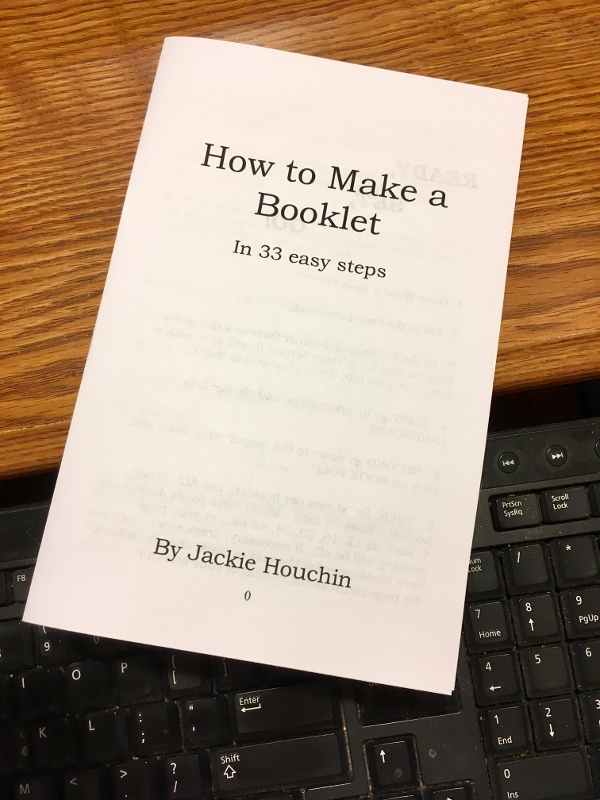




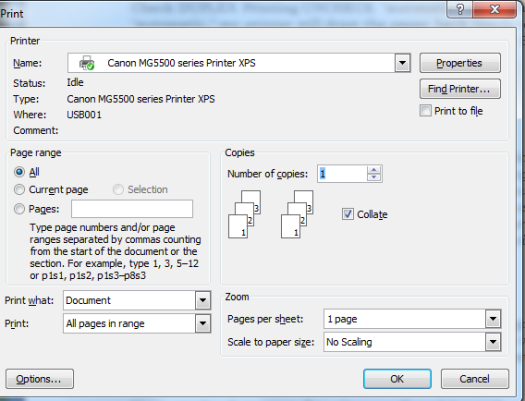



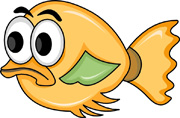

 My fellow fish in the sea of writing, Writers In Residence in particular, have finished products that are enduring; books bound in soft or hard covers, given as gifts, re-read, treasured, shared among friends, and at the very least, end up on Friends of Library book shelves or even at yard sales at discounted prices to be bought and re-read again.
My fellow fish in the sea of writing, Writers In Residence in particular, have finished products that are enduring; books bound in soft or hard covers, given as gifts, re-read, treasured, shared among friends, and at the very least, end up on Friends of Library book shelves or even at yard sales at discounted prices to be bought and re-read again. About being the odd man (woman) out…I actually feel comfortable among my book writing and selling sisters. And if I can promote them, inspire them, write about them or their books, I will. (Look forward in the next months for some blog posts in which I feature these WWWs, or WIRs – you know, the talented, passionate, fun, interesting friends in our little lake of scribes.)
About being the odd man (woman) out…I actually feel comfortable among my book writing and selling sisters. And if I can promote them, inspire them, write about them or their books, I will. (Look forward in the next months for some blog posts in which I feature these WWWs, or WIRs – you know, the talented, passionate, fun, interesting friends in our little lake of scribes.)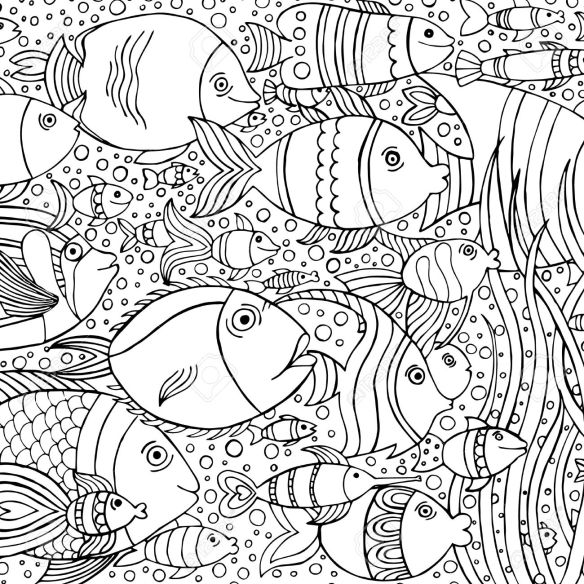
You must be logged in to post a comment.